On May 11, 2022, a group of researchers from a Korean hospital conducted a retrospective study to verify the efficacy and safety of customized 3D printed titanium alloy implants on patients’ maxillofacial bones.
A total of 16 patients were observed during the study, all of whom underwent reconstruction of various maxillofacial defects
Operation
. Patients were fitted with custom-made titanium alloy implants and followed up for a long period of time over a period of several months.
Of the 28 implant cases installed, only one failed to integrate successfully with the bone, while the others showed satisfactory results in treating various oral and maxillofacial defects.
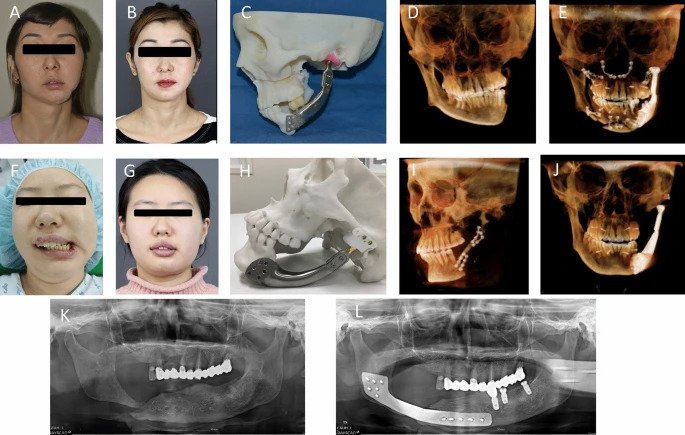
3D printed maxillofacial implants
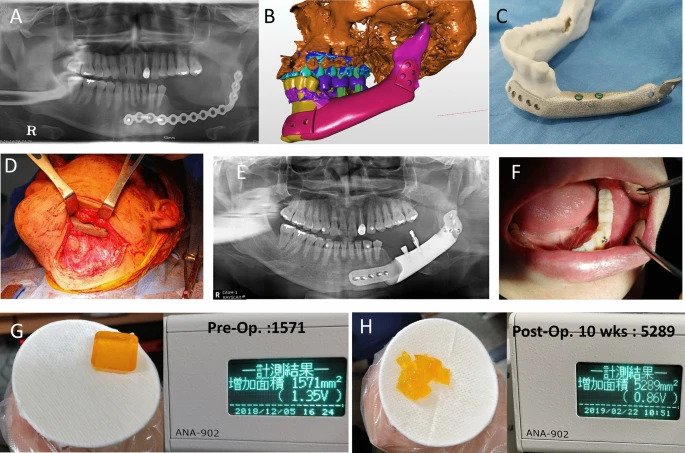
retrospective study
Of the patients, seven were women and nine were men, ranging in age from 9 to 78 years old. A total of 28 defect areas were operated on, including 5 mandibular segments, 9 zygomatic, 10 mandibular body, angle or chin, and 4 maxillary areas.
Long-term follow-up was then performed, ranging from 8 to 79 months per patient. The study primarily analyzed osseointegration of titanium implants, but also recorded postoperative infection, implant misalignment, functional outcomes, patient satisfaction, subsidence, peri-implant osteolysis, and any complications that occurred.
The study found that out of 28 implants, only one was not bonded to the bone. CBCT analysis showed that the bone fusion rate at 6 months after surgery was 96.5%. The study also observed no osteolysis (a progressive condition in which bone tissue is destroyed) or subsidence around the titanium implants.
According to the study, patients enrolled in the trial were generally satisfied with their surgical outcomes, both aesthetically and functionally. However, two of the five patients who underwent cheekbone reconstruction underwent revision surgery due to dissatisfaction with the appearance of the implants.
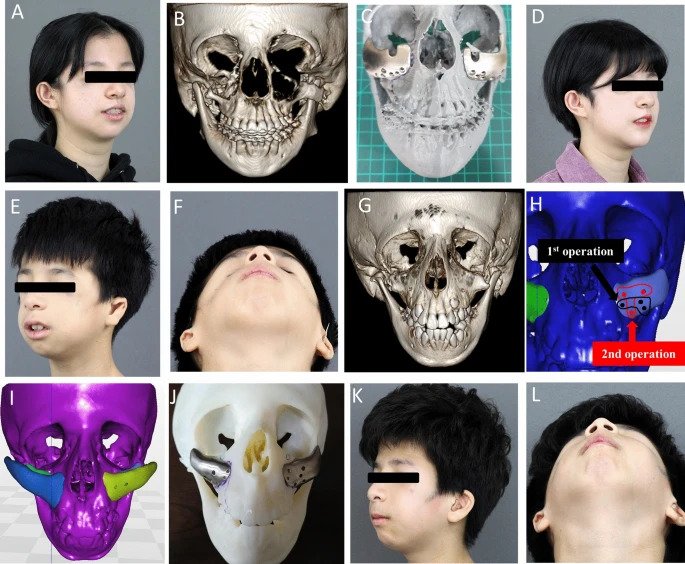
Review implants
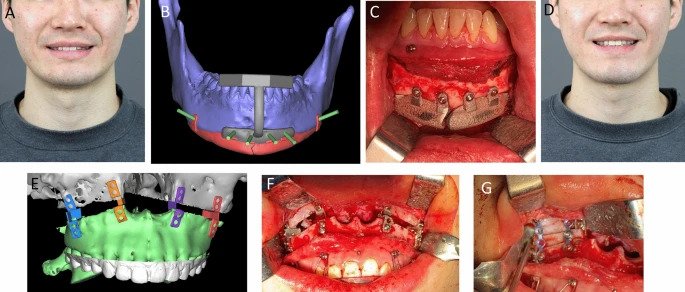
Based on patient experience, the study proposes guidelines for the use of 3D printed titanium alloy patient-specific implants. In short, the study recommends that this implant should be used for continuous defects in the facial bone, limited to hard tissues that have already been reconstructed and no reconstruction options, and in patients with facial bone reshaping due to prior excessive bone preparation. Conditions with mild or moderate bone defects.
In addition, the guideline says, 3D printed titanium implants should also be used in aesthetically demanding situations, such as correcting skeletal asymmetry, in areas such as the mandible that require functional weight-bearing, and where dental implants are required. things are reconstructed at the same time.
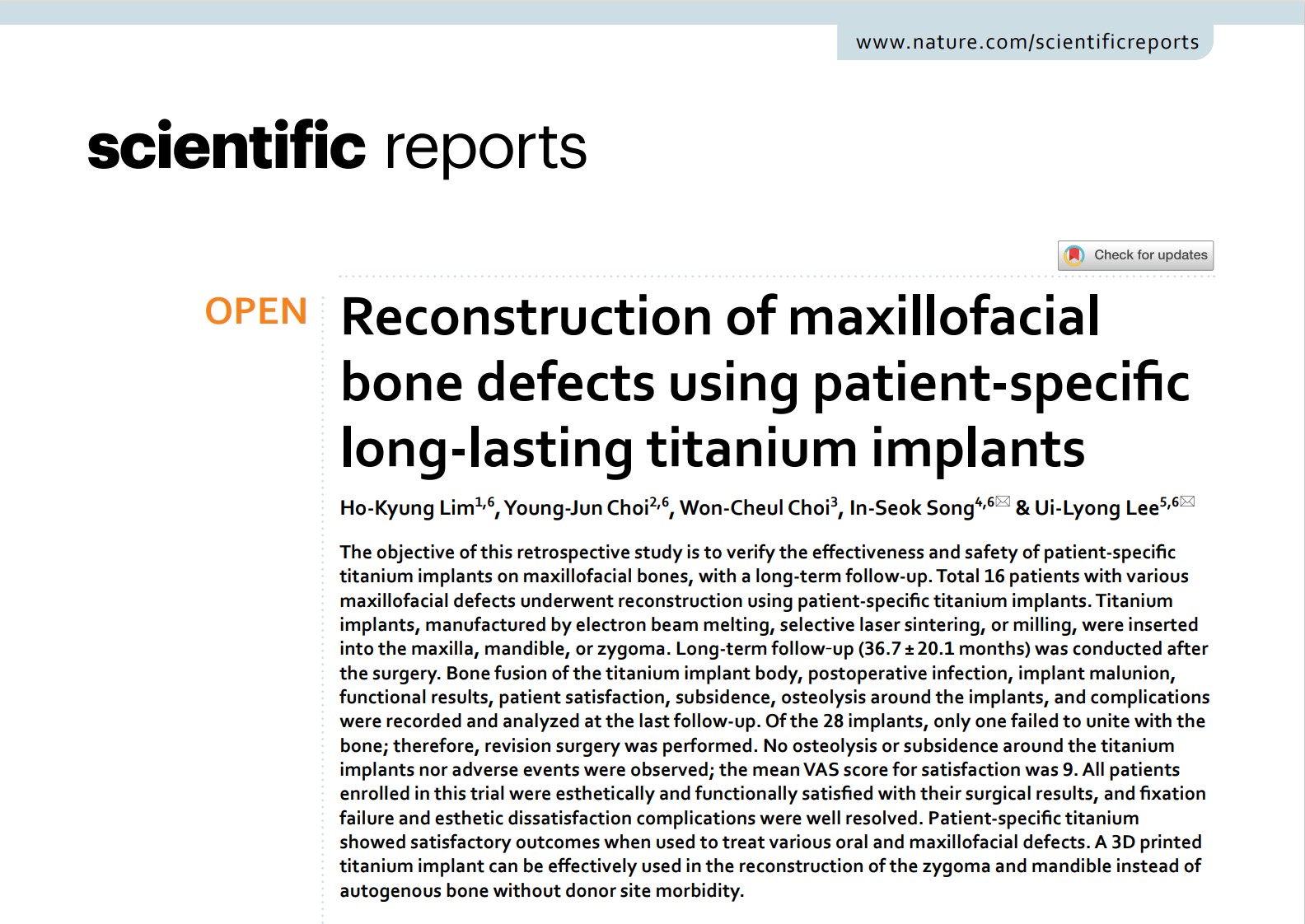
(responsible editor: admin)


0 Comments for “Nature reports: Evaluation of the effectiveness of 3D printed titanium alloy implants for bone growth”